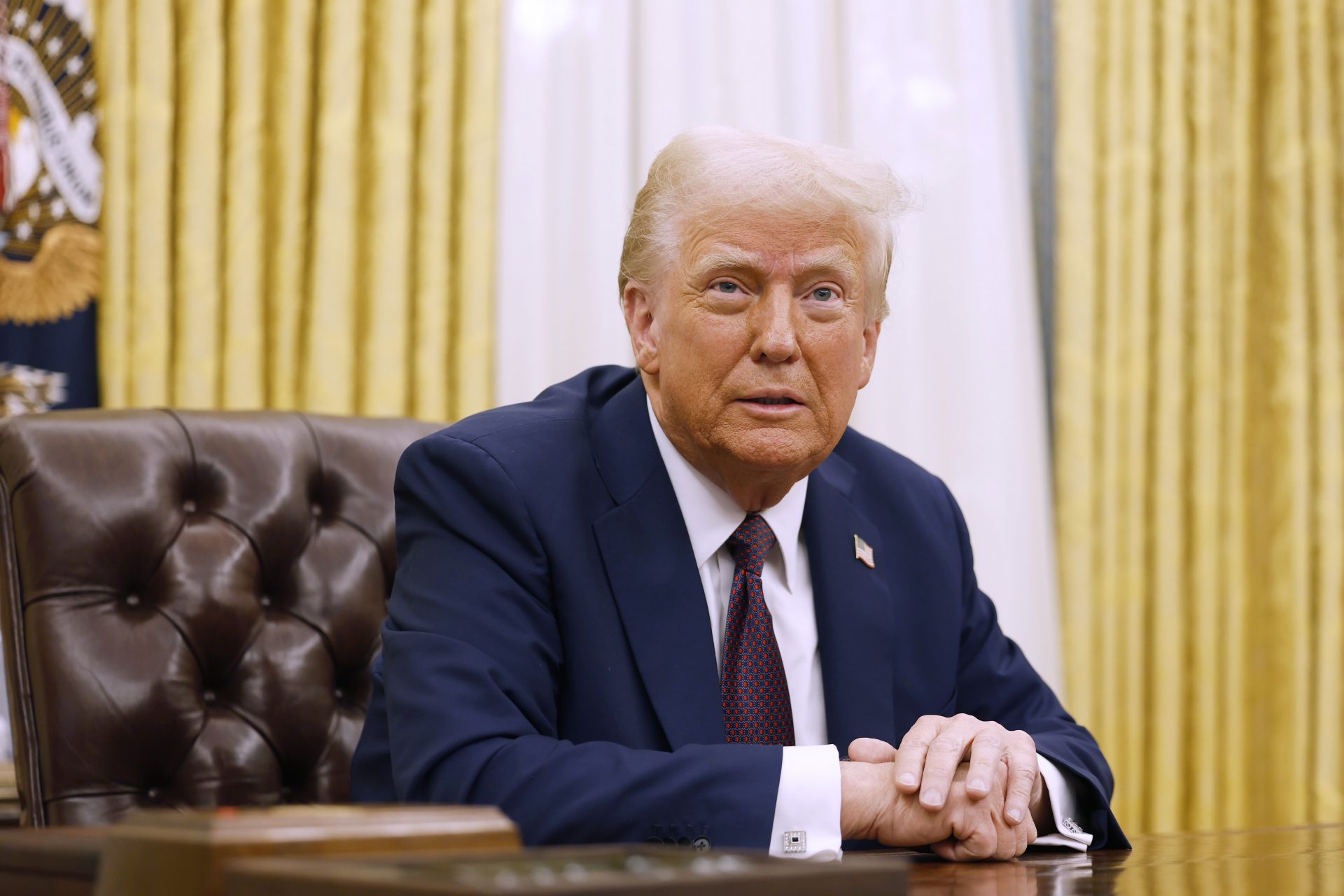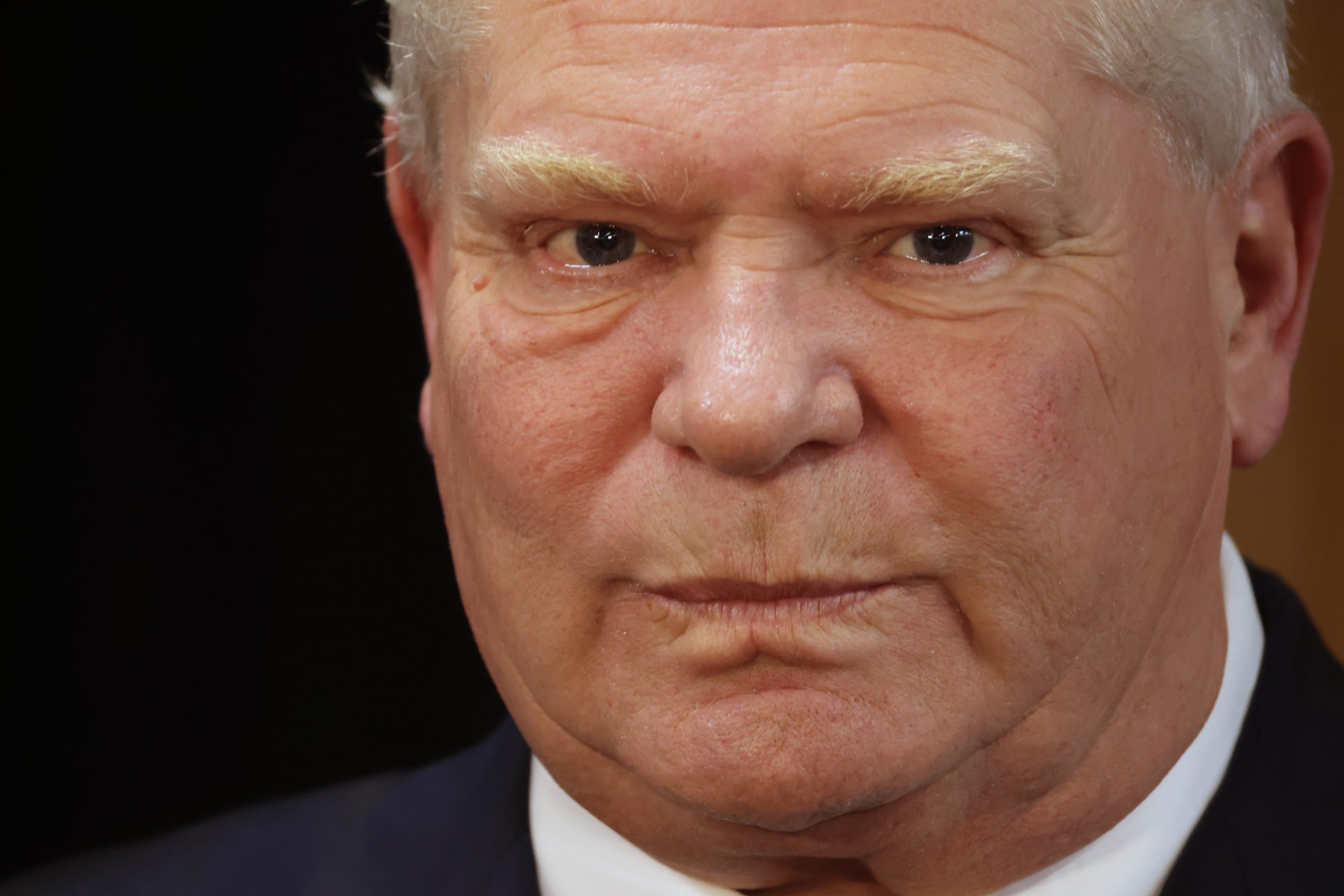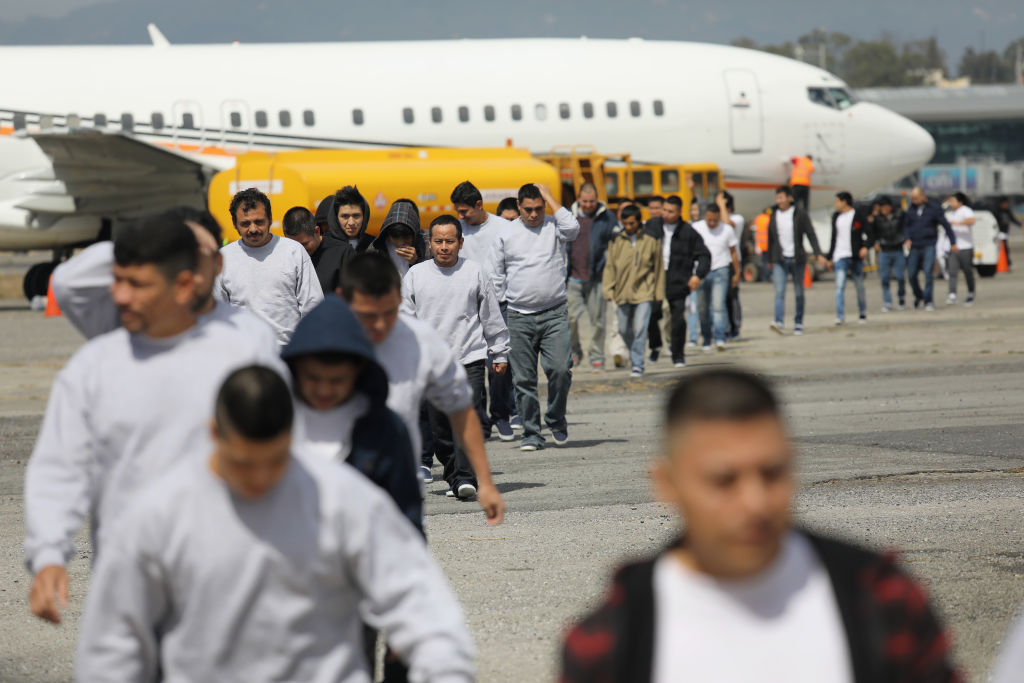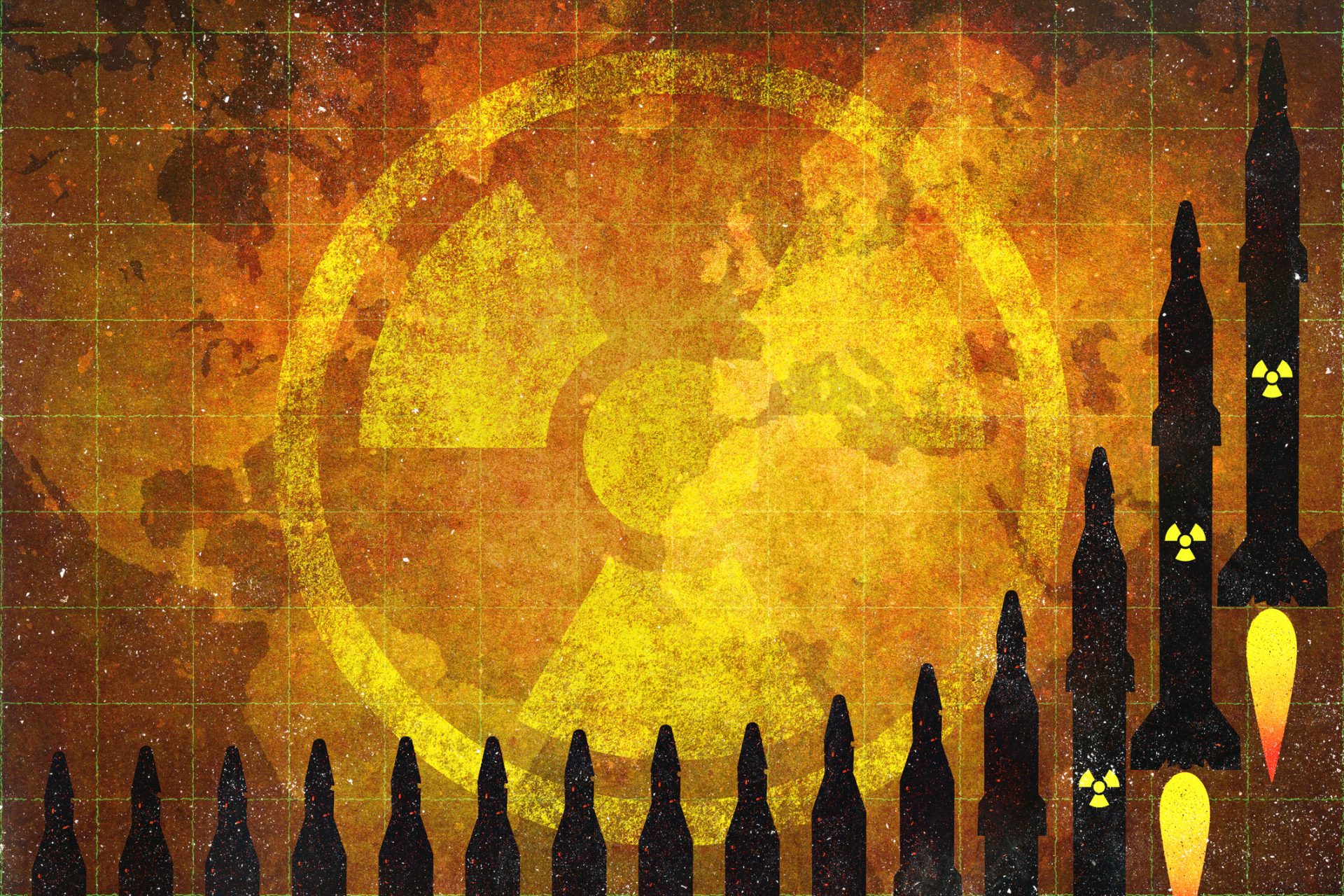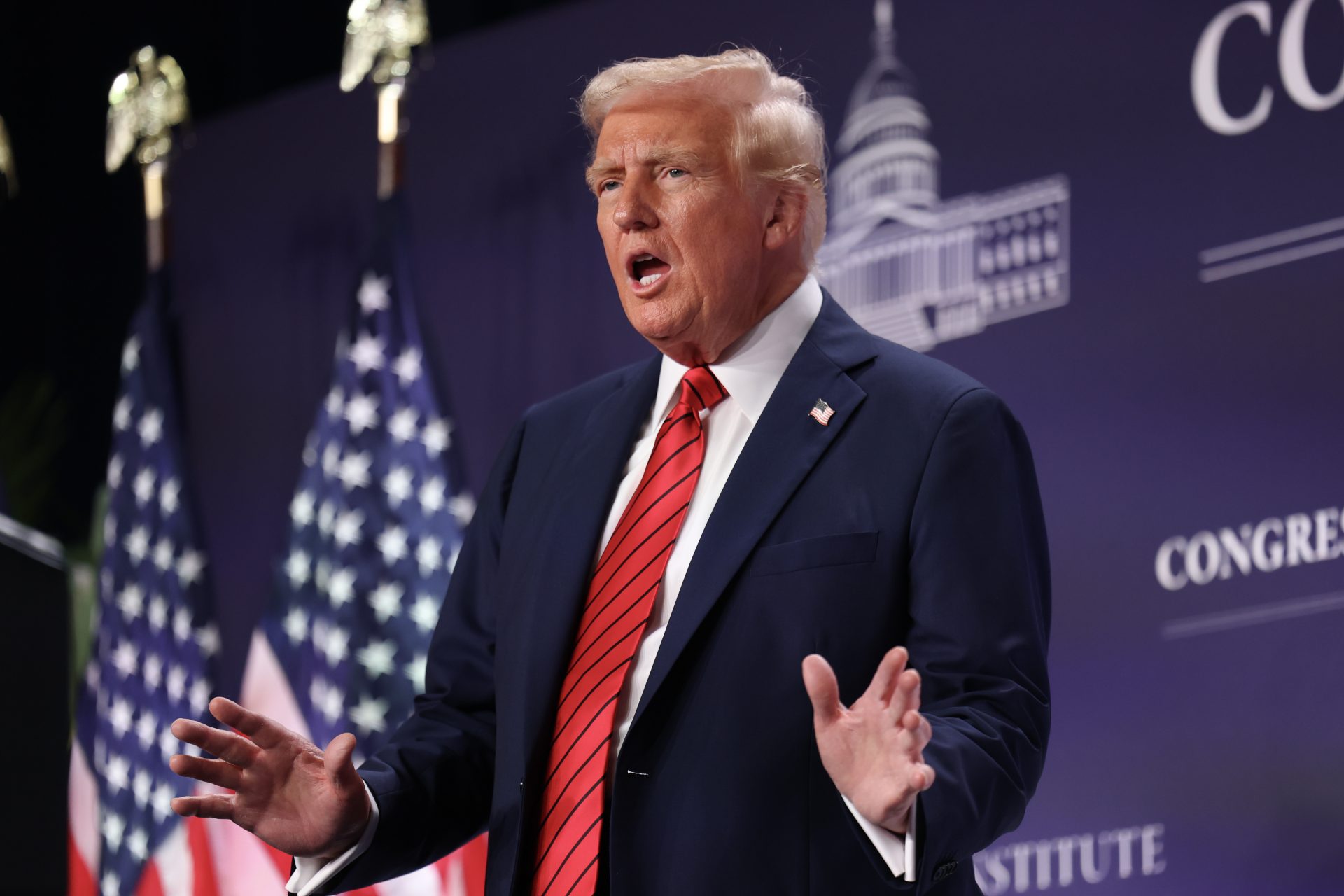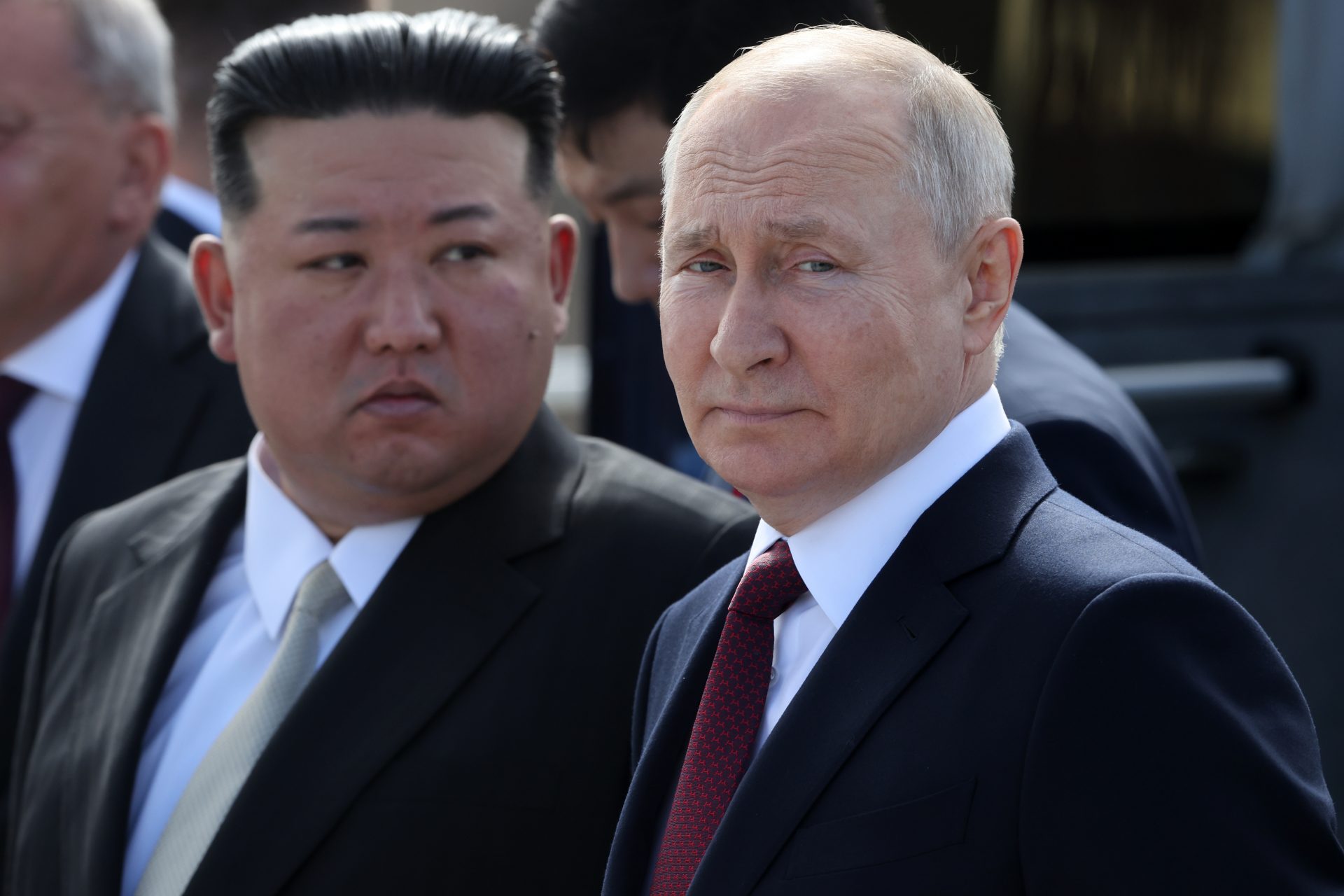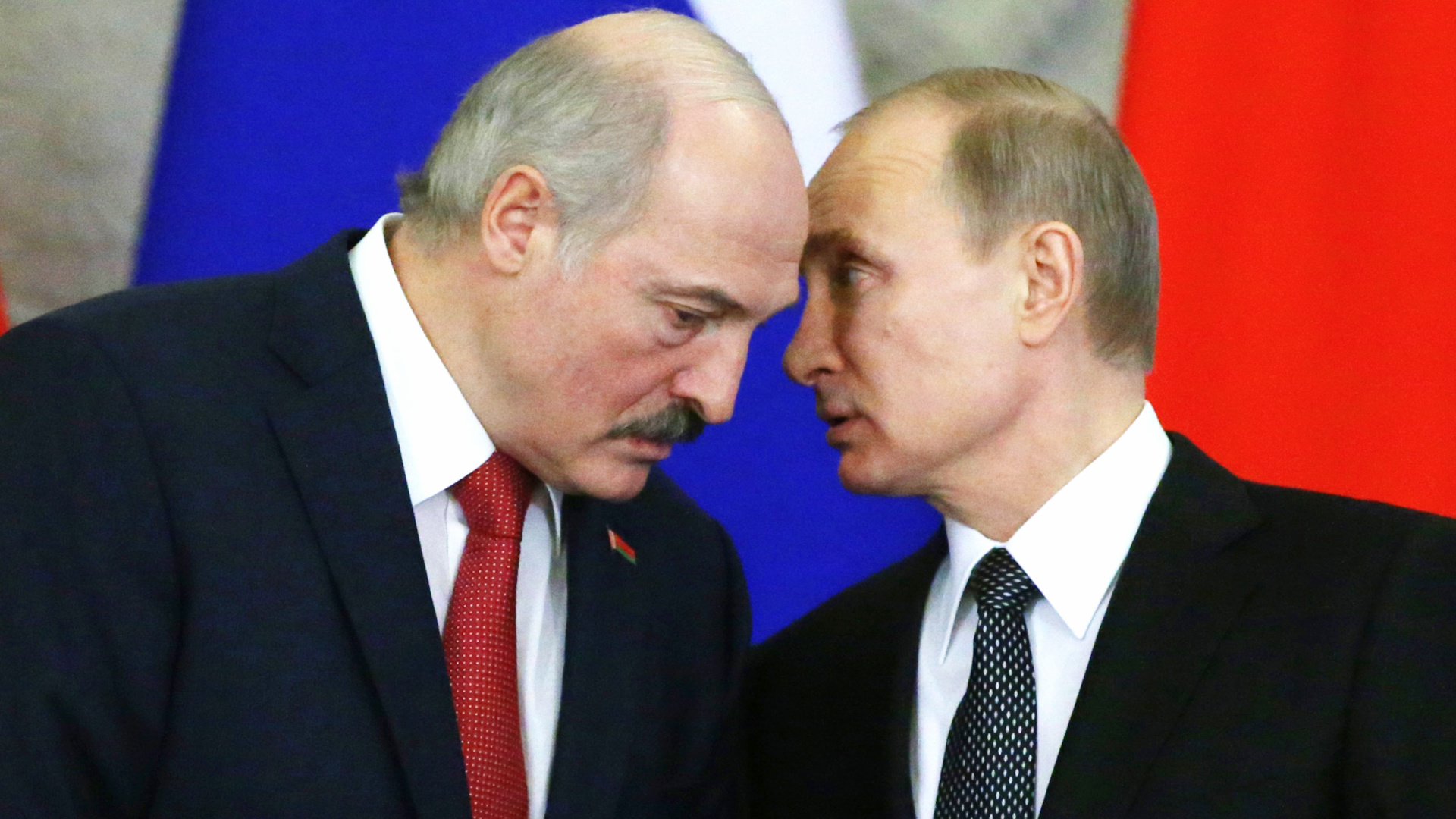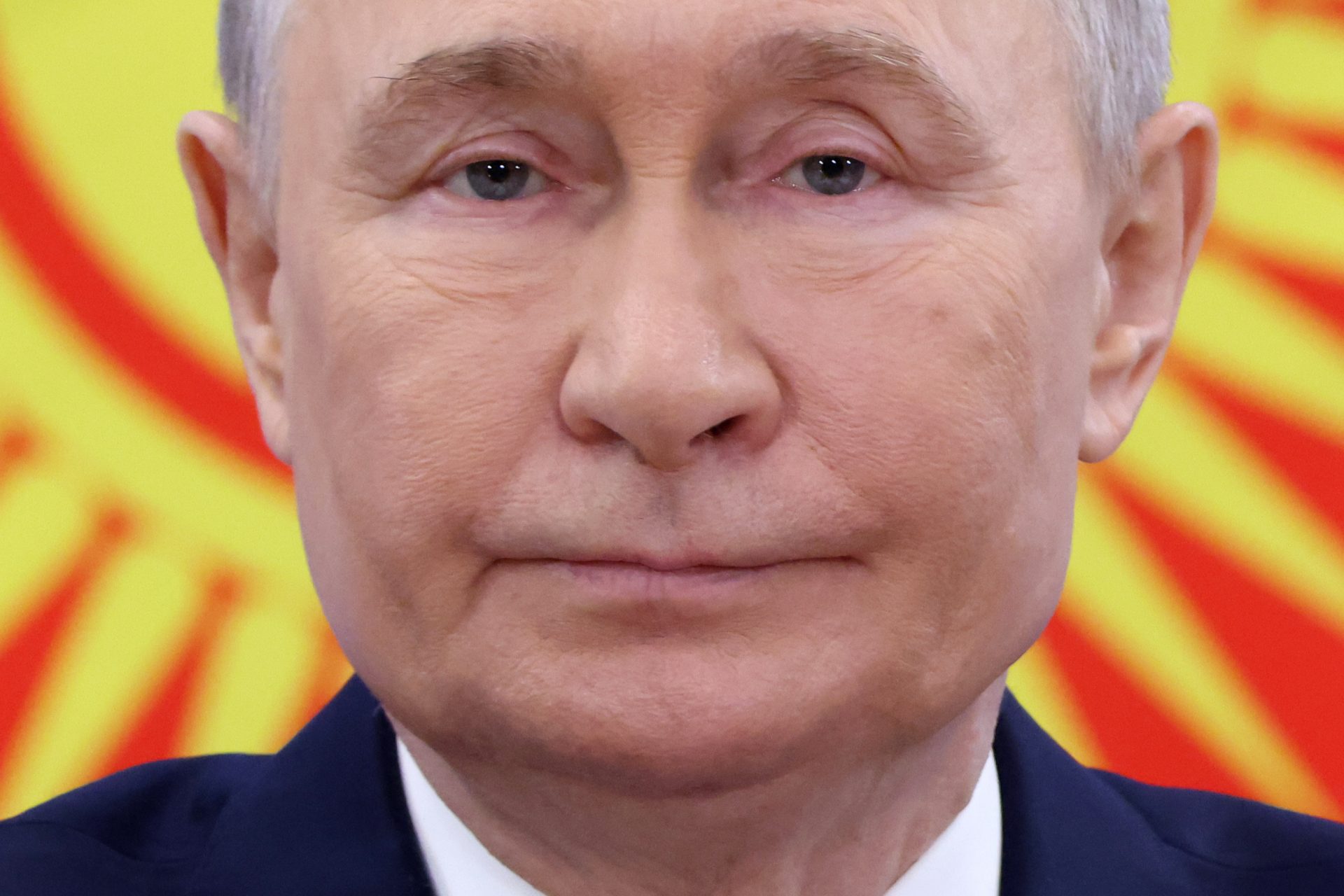Who is featured on banknotes and coins from around the world?
Banknotes and coins are a fundamental part of our economic system and are part of everyday life for most people around the world. But how are they made and who are the faces printed on the banknotes?
It is estimated that the first version of paper money originated in the 7th century in China, in the Tang dynasty. At that time, the financial system was still far from adopting coins and banknotes as we know them today.
Over time, the financial system became increasingly modern and controlled. Today, the distribution of paper money is the responsibility of the state, to prevent counterfeiting and because it serves to defend the monetary interests of each country.
Photo: Unsplash/ wim van
The images that appear on the notes also undergo changes and are renewed from time to time. In the United Kingdom, with the death of Queen Elizabeth II, banknotes stamped with her portrait will be replaced.
According to CNN, "The Queen's image appeared on UK coins, with different profile portraits as she aged. She was featured on the country's banknotes for over 60 years, the first British monarch to do so."
After so long, now, the Bank of England and the Royal Mint will have the difficult task of withdrawing this money from circulation and replacing it with banknotes bearing the portrait of King Charles III.
The replacement of the currency will have to be done gradually. This is because, according to CNN, "There are over 4.7 million notes in circulation in the UK, collectively worth £82 billion, equivalent to $95 billion, according to the central bank." Furthermore, the Royal Mint says that there are 29 billion coins in circulation.
Since January 1, 2002, the Euro has been adopted by 19 countries and small states, such as Andorra and the Vatican, making it part of the daily lives of more than 300 million people.
According to a publication by the European Central Bank, the images printed on the banknotes are "inspired by the architectural styles that characterize periods of European history and culture, identical in all
euro area countries."
The 5 euro note represents the Classic period and the 10, the Romantic period. The 20 euro note illustrates Gothic architecture, while the 50 euro note is Renaissance. The highest, at 100, 200 and 500 euros represent the baroque, iron and glass architecture and modern architecture styles, respectively.
Photo: Alexa / Pixabay
Euro coins are made with different designs, which reflect the national identity of each of the respective member states.
Photo: Unsplash / mathieu stern
Portugal's 1 and 2 euro coins, for example, depict the nation's castles and coat of arms (pictured). Those from Germany represent the eagle, a traditional symbol of German sovereignty.
The dollar is the most used currency in financial transactions in the world. The Bureau of Engraving and Printing is responsible for manufacturing US banknotes.
The highest denomination banknote in the US is the $100 bill and it bears the face of Benjamin Franklin (1706-1790), one of the founders of the United States.
The figure that appears on the 1 dollar bill is the face of President George Washington, who ruled between 1789 and 1797. Incidentally, the 1 dollar bill is the best known and most handled on the planet.
In total, 45% of the notes printed daily by the Bureau of Engraving and Printing are worth 1 dollar and each one tends to last, on average, 1 year and 5 months, while the 100 dollar note lasts up to 9 years, because it is handled far less.
Photo: Unsplash/ avinash kumar
On the back, Chinese banknotes have various designs, but on the front, all banknotes, from 1 to 100 yuan, have the face of Mao Tse Tung.
On the back, the banknotes display the image of important buildings and natural monuments in China. The Great Hall of the People, the meeting place of China's National Congress, is on the 100 yuan bill (pictured).
The Brazilian currency has been the real since 1994, when the Plano Real was adopted. The coins have the image of some famous Brazilian personalities and the banknotes, the effigy of the Republic on one side and Brazilian animals on the other.
The personalities depicted on the real coins are: Joaquim José da Silva Xavier (R$ 0.05), Dom Pedro I (R$ 0.10), Marechal Manuel Deodoro da Fonseca (R$ 0.25) and José Maria da Silva Junior Paranhos (R$ 0.50).
This coin has gone through several faces and versions. In the center, we see the representation of the Cruzeiro do Sul, which alludes to the National Pavilion. Over the years, different versions were made, for example, in honor of the Central Bank of Brazil or the Olympics.
The animals shown on the real banknotes are: a hawksbill turtle (R$ 2.00), a heron (R$ 5.00), a macaw (R$ 10.00), a golden lion tamarin (R$ 20.00) , a jaguar (R$ 50.00), a grouper fish (photo, R$ 100.00) and a wolf (R$ 200.00).
Photo: neelam279 /Pixabay
In 2012, the third family of Argentine peso notes was launched. The 100 banknote has the face of Eva Perón (pictured), actress and political leader of the country, who became first lady when General Juan Domingo Perón was elected president.
The series of the fourth family of Argentinean money was a tribute to the animals of the region. The 1,000 banknote, printed for the first time in 2017, illustrates a bird (photo).
The yen is the third most traded currency on the international market, second only to the US dollar and the euro.
The current face on the 1,000 yen bill is Hideyo Noguchi (1876-1928), since 2004. He was a Japanese bacteriologist, responsible for discovering the causative agent of syphilis. However, the government has already announced that the image will be replaced by bacteriologist Shibasaburo Kitazato, a plan that should be completed in 2024.
This is another banknote that must be replaced. Today, we still find the 10,000 yen note with the face of writer Yukichi Fukuzawa. Soon, he will be replaced by Eiichi Shibusawa, dubbed the “father” of Japanese capitalism, for having revolutionized financial practices in the country at the turn of the 19th century to the 20th century.
More for you
Top Stories






























